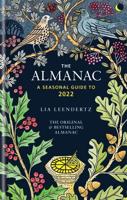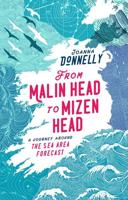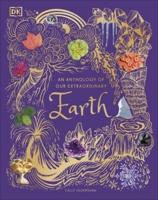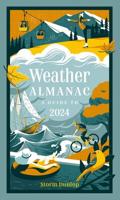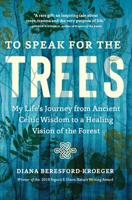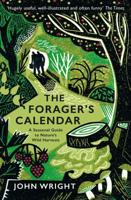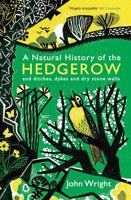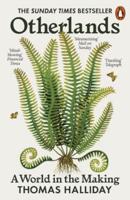Publisher's Synopsis
The investigation of different social viewpoints on the puzzle unfurls as a spellbinding excursion across mainlands and ages, uncovering a rich embroidery of human translation. In Western practices, the traditional Greek logicians moved toward the puzzle with scientific thoroughness, looking for legitimate answers for life's secrets. Judeo-Christian viewpoints entwined the puzzle with divine secrets, welcoming devotees to mull over the indescribable idea of God. The Edification time introduced a shift from strict clarifications to logical request, outlining the conundrum as a test to be demystified through reason.
Wandering into Eastern domains, Taoism embraced the riddle as a vital piece of the regular request, upholding for agreement with enormous powers. Harmony Buddhism used incomprehensible koans to rise above common comprehension and access higher awareness. Hindu mystery, with its perplexing layers of the real world, considered the riddle to be an entryway to profound disclosure and an impression of the enormous play (Lila).Native societies, like Local American practices, saw the puzzle from the perspective of nature, participating in customs to associate with the baffling powers of the land. African animism, with its lively practices, utilized functions to explore the conundrum inside the otherworldly domain. In the Cold and Subarctic locales, Inuit and Yupik societies integrated the riddle into their accounts of endurance in unforgiving scenes, mixing otherworldliness and common sense.Southeast Asian viewpoints, affected by Buddhism, saw the puzzler interweaved with the fleetingness of life, inciting supporters to look for edification through reflection. Animist customs in the area found the puzzle implanted in their association with nature spirits. Polynesian societies explored the puzzle of the immense Pacific through modern route strategies, transforming the strange signs of the regular world into guides for marine.In the core of the Center East, Islamic magic (Sufism) embraced the riddle as a profound mission for divine association, communicated through metaphorical verse. Persian magic wove stories of the riddle into accounts of the spirit's excursion and its longing for divine get-together. In the contemporary globalized world, logical realism looked to demystify the puzzle through exact request, while postmodern relativism tested the idea of a widespread translation, underlining emotional and socially built implications.
